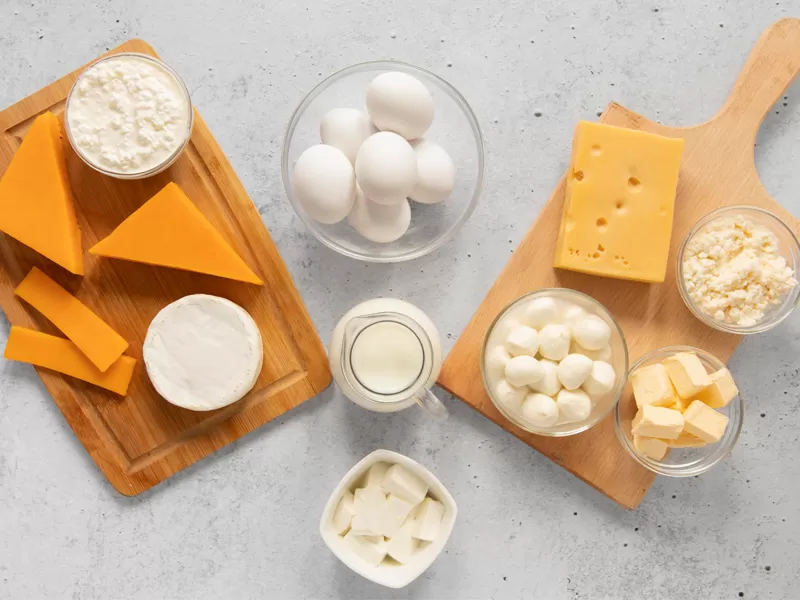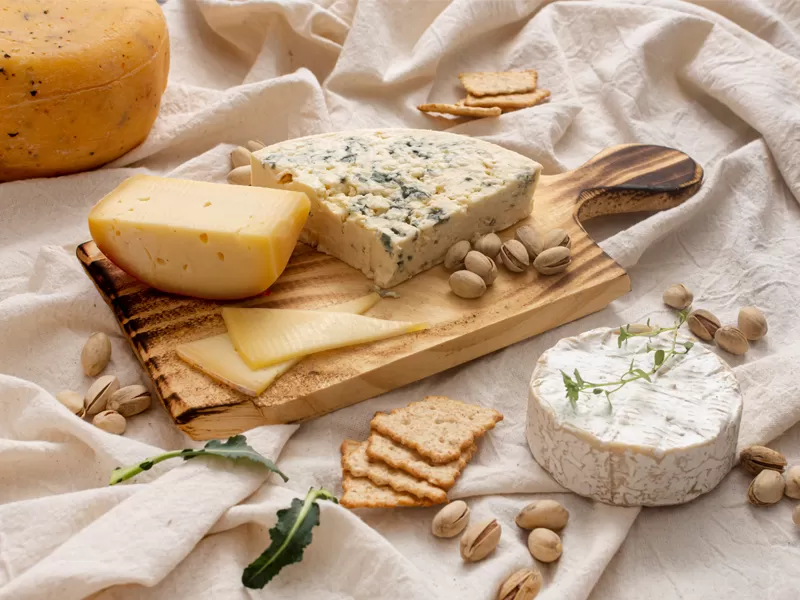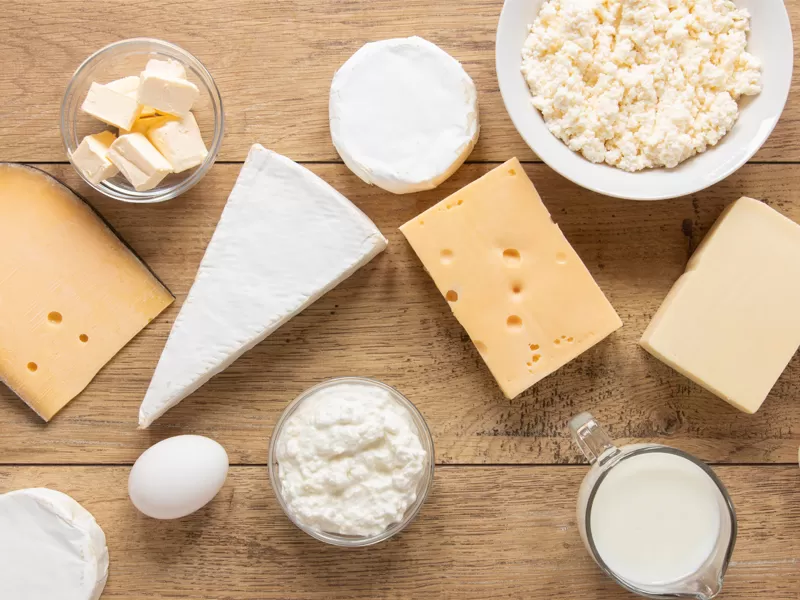






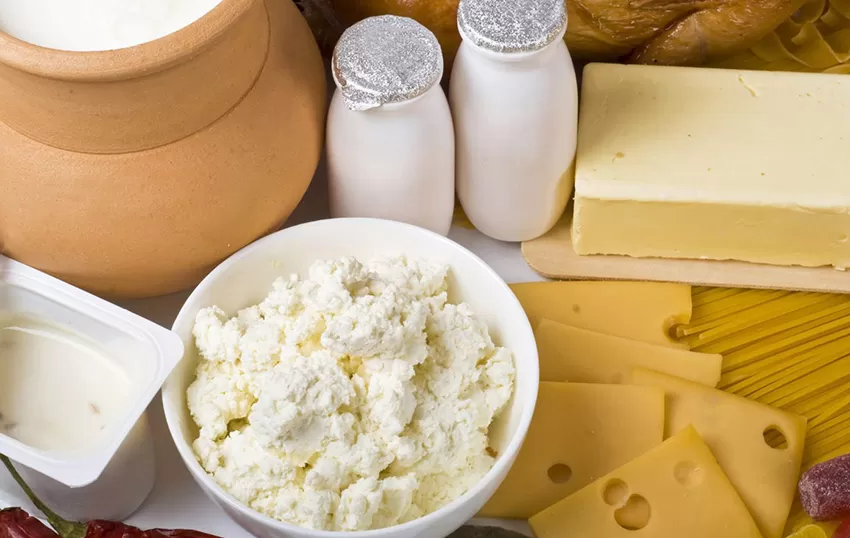

Rennet and Coagulants play an important role in the cheese making process. Various kind of milk clotting enzymes with stable quality and performance for you to choose.
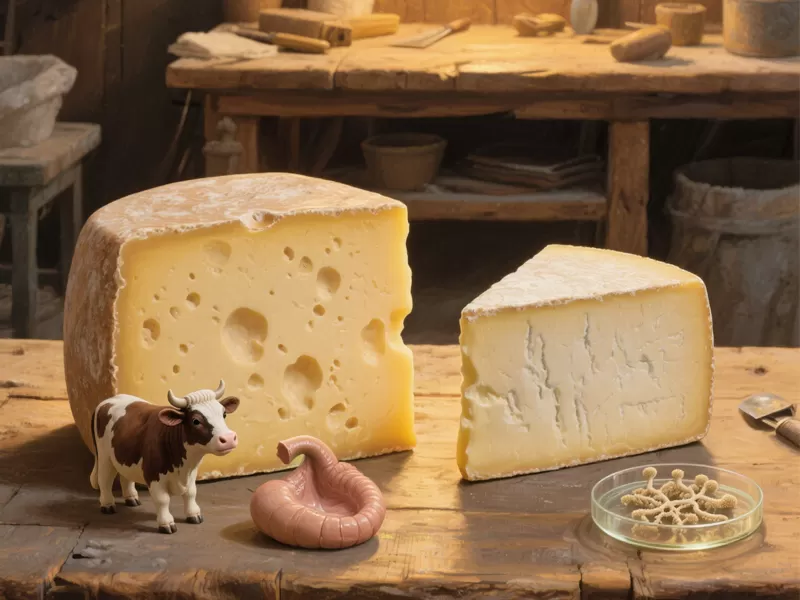
The choice between animal rennet and microbial rennet depends on cheese type, flavor requirements, and dietary preferences. Animal rennet, traditionally sourced from calf stomachs, contains chymosin, which provides clean, consistent coagulation and is preferred for aged cheeses like Parmigiano-Reggiano due to its superior flavor development. However, microbial rennet, produced by fermentation of fungi (e.g., Rhizomucor miehei) or bacteria, is a vegetarian-friendly alternative with strong clotting activity. While microbial rennet can sometimes introduce slight bitterness in long-aged cheeses, modern fermentation techniques have significantly improved its performance.
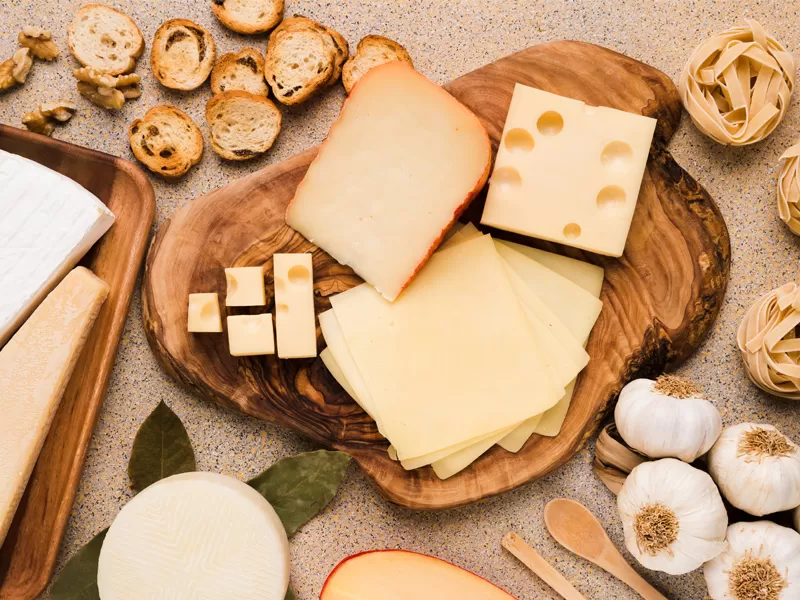
Selecting the right rennet involves considering cheese style, culture type, and processing conditions. For high-temperature cheeses like Mozzarella or Swiss, thermophilic starter cultures paired with thermostable rennet ensure proper curd formation at 38–42°C. In contrast, soft cheeses like Camembert or Brie benefit from mesophilic cultures and gentler animal or microbial rennet at lower temperatures (30–32°C). Liquid rennet is preferred for small-scale production due to easier measurement, while powdered or tablet forms suit large batches. Dosage typically ranges from 0.5–2 ml per 100 liters of milk, but always confirm with a cheese-making guide for specific recipes. Additionally, vegetable rennets (e.g., from thistle or fig) are niche options for artisanal or plant-based cheeses.
